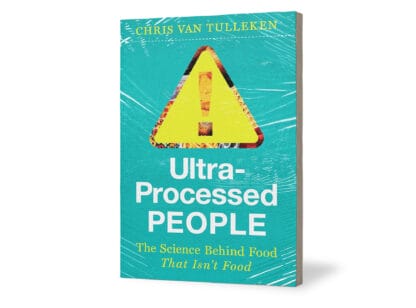It’s that time of year again, and flu shots are being offered at every pharmacy and doctor’s office. Vaccine safety is a controversial topic, dividing people into pro- or anti-vaccine groups, and stifling individual choice. U.S. Law has defined vaccines as “unavoidably unsafe.”1 Based on current evidence, I believe that there are no safe vaccines, only careful consideration and choices to make.
Vaccines, like any medical intervention, should be weighed as a risk-benefit calculation between patient and doctor. Unfortunately, the evidence about vaccine safety is minimal; there are no randomized controlled trials comparing the long-term health of vaccinated versus unvaccinated persons. We have no information on the cumulative effect of the 70 doses of 16 different vaccines that are recommended for our children, and we are unable to perform long-term safety studies of the flu vaccine because the formulation changes every year.
We have assumed that vaccine-induced immunity, aimed at stimulating the body to create immunity (antibodies), was equal to natural immunity (created when we have an actual infection); however, while natural immunity is sustained for life, vaccine-induced immunity decreases with time.
The ingredients of vaccines raise significant cause for concern and the most well-known is thimerosol, a mercury-based preservative. Multi-dose vials of vaccine contain thimerosol such that each dose of flu vaccine contains 25 mcg of mercury. Even thimerosol-free vaccines still have traces of mercury as it is used in the production process.2 Mercury is a potent neurotoxin; therefore, injection of any amount is worrisome.
Many vaccines such as the MMR and chickenpox vaccines contain large amounts of gelatin. Medical literature reports numerous reactions to gelatin3 including anaphylaxis from cross reactivity against gelatin-containing foods consumed subsequent to having a gelatin-containing vaccine. Aluminum, a known neurotoxin, is also a common ingredient in many childhood vaccines. Although harmful on its own, aluminum works synergistically with mercury, so if both are present in a vaccine, the effects are exponential. These effects are even worse if multiple vaccines are administered on the same day, as the load of these toxins can overwhelm the body’s ability to filter and excrete the aluminum.
I have been raised with the assumption that many of the triumphs over infectious diseases were because of vaccines and therefore perhaps risks were warranted. However, closer investigation shows that severe illness and death rates from almost every infectious disease we vaccinate against were dropping rapidly and virtually obliterated before we began vaccinating for that disease due in large part to improved standards of living.
What are we to do? First, I would urge individuals to investigate the specific vaccine they are considering. The CDC website contains a listing of the ingredients of every vaccine and is a good place to start. (http://www.cdc.gov/vaccines/pubs/pinkbook/downloads/appendices/B/excipient-table-2.pdf). Second, question whether the disease you are vaccinating against is truly life-threatening. Third, for childhood vaccines, apply pediatrician Dr. Sears’ principles: 1) no more than two vaccines at any one time; 2) no more than one live virus vaccine at a time; 3) no more than one aluminum-containing vaccine at a time; 4) avoid combination vaccines when possible; 5) avoid mercury-containing vaccines when possible; 6) start vaccines at age two-months instead of at birth.4
To protect our health, we must each be our own advocate and improve our knowledge regarding vaccine science.
Dr. Brossfield is the medical director at the Eisenhower Wellness Institute and can be reached at (760) 610.7360.
References available upon request.
















































Comments (0)